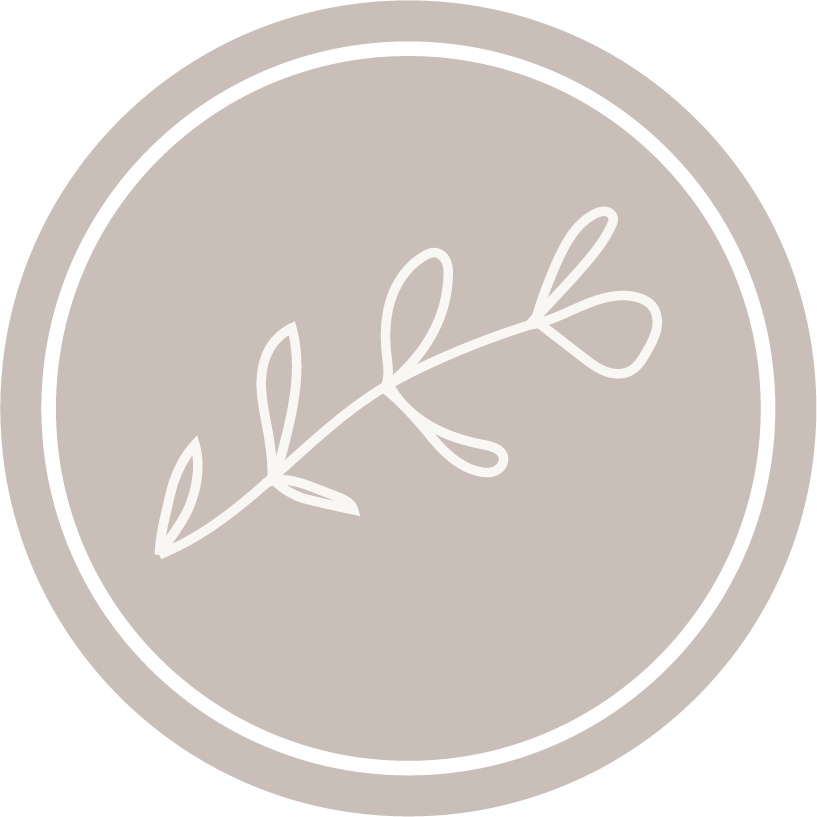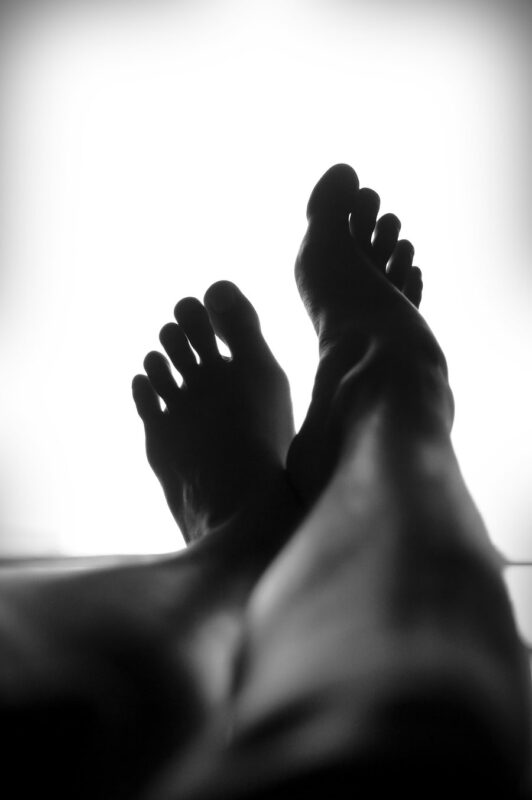Have you ever had your feet rubbed at the end of a long day? The whole body relief is almost instantaneous, right? It has to be one of the most stress relieving things in the world. There’s an interesting reason as to why it feels so great. Not only are feet a key part in taking many of us through life, they also act somewhat like portals to the rest of the body.
The feet, hands, ears, and face have reflex points, which are points that correspond with nearly every other part of the body, including internal organs. The study and practice of activating these points to bring balance to the body is Reflexology. It is an ancient healing technique used to increase body functions through reflex point stimulation. It has been used throughout history and cultures. The earliest documentation is a hieroglyphic mural in Egypt from 2330 BC! It has been a part of Traditional Chinese Medicine (TCM) (https://www.hopkinsmedicine.org/health/wellness-and-prevention/chinese-medicine), Ayurvedic medicine practices (https://www.ayurveda.com/resources/articles/ayurveda-a-brief-introduction-and-guide), European medicine, and Native American cultures. The reflexologist practitioner follows a map of points over the foot and ankle to rejuvenate each area of the body.
There are over 7,000 nerve endings in each foot and these nerves have vast interconnections through the spinal cord and to the brain and body. It is this nerve connection that ties each point to a specific spot elsewhere in the body. The sensitivity and powerful connections makes feet the optimal choice to most effectively work the whole body for most reflexologists.
Why Reflexology
The body often becomes unbalanced as we move through life, busily trying to accomplish all our work and meet our deadlines- not to mention COVID, stresses add up on our minds and in our bodies. These stresses lead to dis-ease in the body, in fact stress contributes up to 80% of the development of any illness. As the body internalizes these stressors, individual systems that account for all of the functions of the body, encounter blockages or roadblocks to optimal functionality. If enough blockage occurs in one or more systems, illnesses can arise. There are many ways to take your health into your own hands and reduce the effects of stress on your life. Receiving reflexology treatments regularly can aid the body in functioning at its best and decrease the damage done by stress.
Benefits of Reflexology
Reflexology is an excellent tool to reinstate balance and encourage overall well-being in the mind, body, and spirit. People love it because:
- It can be used in a holistic practice as it is noninvasive, free of drugs or chemicals, and can be used to aid a wide variety of health problems
- Pain management and reduction
- Promotes rest and relaxation
- Improves immune system function and can be used as preventative measures for illness
- Increase mind-body connections
What to Expect from a Reflexology Session
Most reflexology sessions are 45-60 minutes or may be seen in combination with a full body massage. The practitioner will talk to you about your health history and ask about any aches, pains, or other discomforts you may be experiencing. If it is a reflexology only treatment, it will feel similar to a foot massage. Likely starting with relaxation techniques to help you mind and body quiet down, followed by a targeted protocol to address the concerns talked about. Reflexology can be extremely relaxing as it calms the whole body and all of the internal systems. It is not uncommon to fall asleep during a session!
It is important to note that if there is significant dis-ease or imbalance in your body, you may experience some less pleasant symptoms of the healing response. Over time, toxins such as cell metabolism waste products and pollutants we come in contact with in daily life start to collect in our body tissues which is amplified by poor diet, maintained stress postures, etc. As the body starts to become more balanced, it begins to detoxify. While this movement is necessary for good health, it is not always pleasant. Most often side effects are mild if present, however some people might experience flu-like symptoms, congestion, headache, digestive discomfort, acne, or sleep issues. These symptoms will not often last more than 24-48 hours and are proof that your body is working hard to get to a better place. Most clients I have worked with have reported back to me feeling better with extremely minimal healing response side effects.
You can also practice reflexology on yourself at home as part of your self care or bed time routine! It is a great way to show yourself a little love and wind down. Sometimes it can be a lovely and intimate way to connect with a partner as well.
Important Reflex Points
- The center of the big toe, which correlates to the brain and the pineal gland specifically. Apply pressure here to help with headaches, as well as the ridge between the toe and the ball of the foot which connects to the neck
- The inner (medial) edge of the foot from the heel up to the big toe is the Spinal Reflex and can help with back and neck pain or discomfort.
- The ball of the foot is linked to the chest and can be worked to stimulate the heart and lungs.
- The area from the arch to the beginning of the heel which is associated with the digestive tract. Try to always work this area starting with the right foot and moving from the outside (lateral) to the inside (medial) edge. This can be good to work after a large meal or when digestional discomfort occurs.
Self Care Reflexology Routine for Relaxation
At home reflexology is an excellent addition to your self-care or bedtime routine. Allow yourself to indulge and enjoy the experience for at least 15 minutes to maximize on the most benefits. You will want to create a safe and relaxing environment where you can sit and enjoy. You may want to cozy up in a soft blanket and fuzzy socks or barefoot, maybe turn on some peaceful music and light a candle. If you really want a luxurious experience, try a lavender epsom salt foot soak before you begin. When you are ready for the following steps while moving slowly and mindfully connection with your body:
- Find a comfy spot to sit where you will be able to easily reach your feet
- Start by kneading, squeezing, and massaging your feet, one at a time. You may use a small amount of lotion, though it is not necessary. Do this as long as it feels nice and the feet feel warmed up.
- Use your thumb to inch up the inner arch starting at the heel and moving all the way up to the big toe. Your thumb should move like an inchworm making its way up the foot, this is called “thumb walking”. The pressure should be firm and feel pleasant.
- Grab each toe between your fingers and take them in small circles to each direction
- Inch your thumb up over the ball of your foot moving from the center of the foot toward each toe.
- On your right foot use your index finger to press across the lower half of the foot from the outside (lateral) edge to the inside (medial) edge in diagonal lines
- Repeat on your left foot, use the same technique but angled downward towards the heel.
- Pinch and massage the outer edges of the heel below the ankle bones (medial and lateral malleolus)
- Spend as much time in each area as feels nice. Use this time to connect and listen to the messages your body is sending you. If an area is tender or “crunchy” feeling, lighten your pressure and give the area a little extra love.
- Finish by “sweeping” away any tension or bad energy away from yourself. Do this by using long, light brushing strokes barely touching the skin moving away from your body.
The deeply relaxing and restorative practice can leave you feeling open and receptive. During or after your session could be a great time to practice gratitude or meditation and set a positive intention for the next day. Try using the same techniques with a partner or your child to communicate your love and help them drift off to a restorative night’s sleep.
Works Cited
Byers, Dwight C. Better Health with Foot Reflexology: the Ingham Method of Reflexology. Ingham Pub., 2001.
Embong, Nurul Haswani, et al. “Revisiting Reflexology: Concept, Evidence, Current Practice, and Practitioner Training.” Journal of Traditional and Complementary Medicine, Elsevier, 28 Sept. 2015, www.ncbi.nlm.nih.gov/pmc/articles/PMC4624523/.
Hopkins, Johns. “Chinese Medicine.” Chinese Medicine | Johns Hopkins Medicine, 2020, www.hopkinsmedicine.org/health/wellness-and-prevention/chinese-medicine.
Lad, Vasant. “Ayurveda: A Brief Introduction and Guide.” The Ayurvedic Institute, 2006, www.ayurveda.com/resources/articles/ayurveda-a-brief-introduction-and-guide.
Turner, David. “Complementary Therapy: Reflexology.” Healing Touch Charlotte, 12 Apr. 2019, www.healingtouchcharlotte.com/2013/10/24/complementary-therapy-reflexology/.

